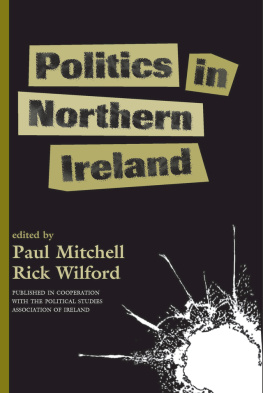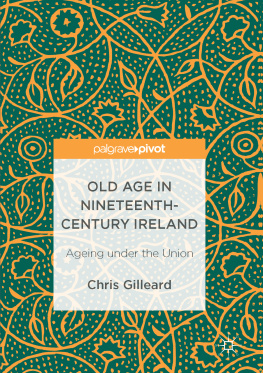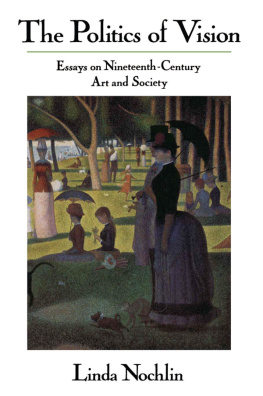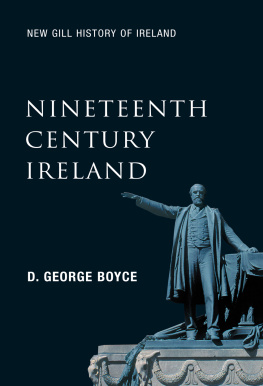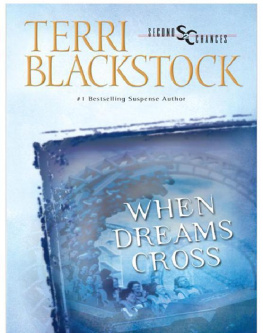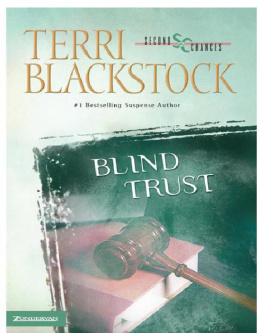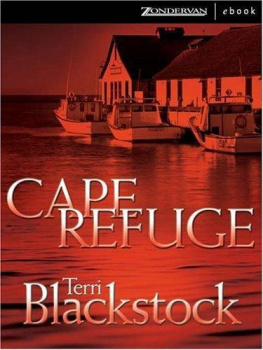Copyright Allan Blackstock 2013
The right of Allan Blackstock to be identified as the author of this work has been asserted by him in accordance with the Copyright, Designs and Patents Act 1988.
Published by Manchester University Press
Oxford Road, Manchester M13 9NR, UK
and Room 400, 175 Fifth Avenue, New York, NY 10010, USA
www.manchesteruniversitypress.co.uk
Distributed in the United States exclusively by
Palgrave Macmillan, 175 Fifth Avenue, New York,
NY 10010, USA
Distributed in Canada exclusively by
UBC Press, University of British Columbia, 2029 West Mall,
Vancouver, BC, Canada V6T 1Z2
British Library Cataloguing-in-Publication Data
A catalogue record for this book is available from the British Library
Library of Congress Cataloging-in-Publication Data applied for
ISBN 978 0 7190 8518 5 hardback
First published 2013
The publisher has no responsibility for the persistence or accuracy of URLs for any external or third-party internet websites referred to in this book, and does not guarantee that any content on such websites is, or will remain, accurate or appropriate.
Typeset in Caslon by R. J. Footring Ltd
For Alice, the artist in the family
W illiam Richardson (17401820) died in interesting times. His death is recorded as occurring on Wednesday 14 June 1820 at his Clonfeacle rectory in county Tyrone. The Belfast News-Letter, which carried his obituary, was also filled with news items which would have interested this idiosyncratic cleric, including reports of Londons Queen Caroline riots and of the funeral of the great Irish patriot Henry Grattan. Economic concerns featured prominently. The paper highlighted bank failures throughout Ireland but noted that landed support had stopped a run on the Belfast banks and restored confidence. Reports on parliamentary debates about protective duties on Irish goods noted that Irish MPs, who favoured continuance of this Union arrangement, disagreed with the free trader David Ricardo. Readers complained of the English poor law returning Irish paupers to an increasingly overcrowded island. Richardsons obituary was followed by that of Sir Joseph Banks, President of the Royal Society, which noted how on Captain Cooks 1767 voyage Banks had used the Linnaean system to classify new plants. If Bankss botany facilitated imperialism in the South Seas, technological advance complemented the Unions consolidating logic. A steam packet named after Walter Scotts hero, Rob Roy, sailed from Belfast to Glasgow three times a week. But Richardson, an Irish provincial amateur whose geological and botanical ideas penetrated the highest metropolitan scientific circles, lived in even more interesting times.
Richardson had experienced the horrors of the 1798 rebellion, personally encountered members of the first Orange lodges and reacted to demands for Catholic emancipation. Intellectually, he participated in the development of provincial scientific culture in Ireland and lived through the emergence of disciplinary specialisation in geology and botany. His friends included brilliant romantics like Humphry Davy and Enlightened connoisseurs such as Thomas Percy, Bishop of Dromore. His correspondence network crossed political and national boundaries, embracing English and Scottish and Irish noblemen, European scientists and American farmers. Because Richardsons interests often overlapped, this book does not follow the chronological pattern of a classical biography. But, as befits a polymath, it adopts a thematic structure dictated by his interests in politics, geology, agricultural botany and political economy.
A prolific writer in the pamphlet and periodical literature, Richardson generated, sometimes at length, an extensive private correspondence. However, no personal archive survives and the oeuvre of his work needed to be reconstructed from, to misquote his own evocative phrase, the scattered remnants of what must once have been a vast collection. A few historians have tentatively dipped into certain of his works as an adjunct to their particular interests; but an integrated, three-dimensional picture of this significant figure has never yet been attempted. This has now been made possible by drawing together the extensive surviving printed material from periodicals and pamphlets located in Ireland, England, Scotland and Denmark and unearthing letters from the archives of Richardsons correspondents. Much of this material is unused, and some of it has only recently entered the public domain, particularly the extensive correspondence over 100 letters from Richardson to George Bellas Greenough, Member of Parliament and first President of the Geological Society. This collection is the result of a recent amalgamation of Greenoughs papers from the University of Cambridge and University College London. It is vital in understanding Richardsons work as it forms a private commentary on his public material and contains eyewitness accounts of popular political movements like the Orange Order, Defenders and Freemasons in Ulster.
This marriage of printed and manuscript material forms the archival core of the book, which does not simply reconstruct the story, however interesting, from these sources. Rather, it seeks to position the specific analysis of Richardson, as far as possible, in the wider historical literature relevant to whichever theme is under consideration. This analysis is informed by recent trends in the historiography of science to identify the cultural and associational basis for the construction, dissemination and reception of knowledge and its interactions with politics and religion. of the development of geology as a scientific discipline insofar as the eventual dismissal of Richardsons ideas is less important than his contribution to contemporary debate. This counter-anachronistic position is broadened to embrace botany as well as geology: put simply, the construction of ideas and polemics in advocacy or defence of them cannot be divorced from their contemporary context.
investigates Richardsons geological activities, which first brought him to the notice of the scientific community nationally and internationally.
Though Richardson intervened in scientific and intellectual debates, the role played by his personality in conditioning his reactions is investigated. A character emerges whose contradictions clashed with his virtues. Richardson was highly intelligent but naive, breathtakingly learned in some respects and ignorant in others. He could be snobbish and tolerant, politically independent yet deferential, one minute self-deprecating, bombastic the next. Stubborn, stoic and utterly fearless, he was a man conditioned by the eighteenth century who flourished in the early nineteenth. The book explores the question of why Richardsons activity as a writer began so late in life, when he was over sixty; yet, like his protg fiorin grass, grew luxuriantly in a relatively short space of time. What details remain from his earlier life at Trinity College Dublin and of his day-to-day life as rector of Clonfeacle are garnered to explain his long gestation as a public man. A further theme to be investigated is Richardsons role as a provincial Protestant clergyman and he will be compared with others of a similar ilk. He will also be compared with the best-known Protestant publicist of all, Sir Richard Musgrave. Although Richardson did not publish until 1801, as the books later chapters show, when he did emerge in public he was hard to ignore.





